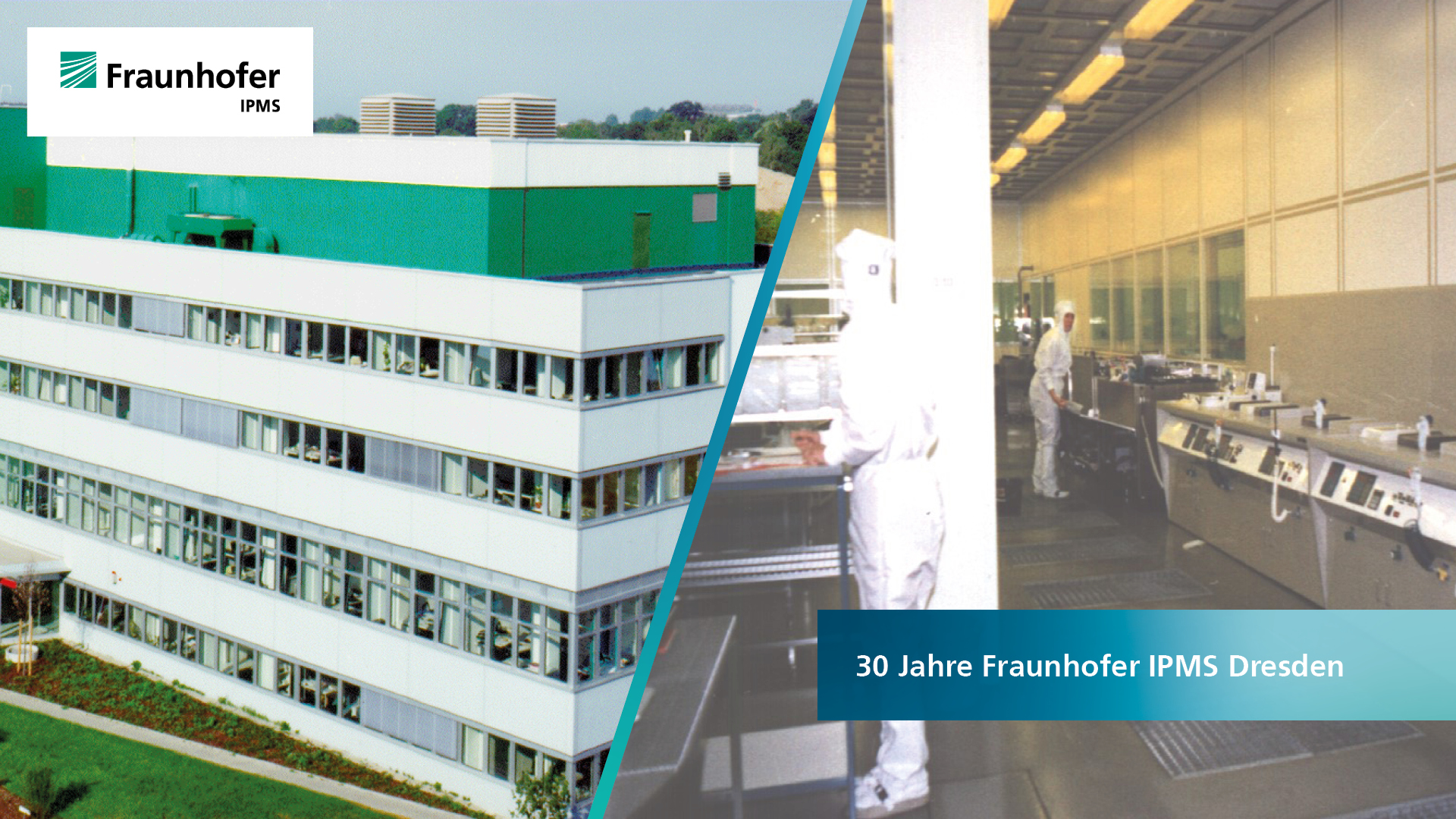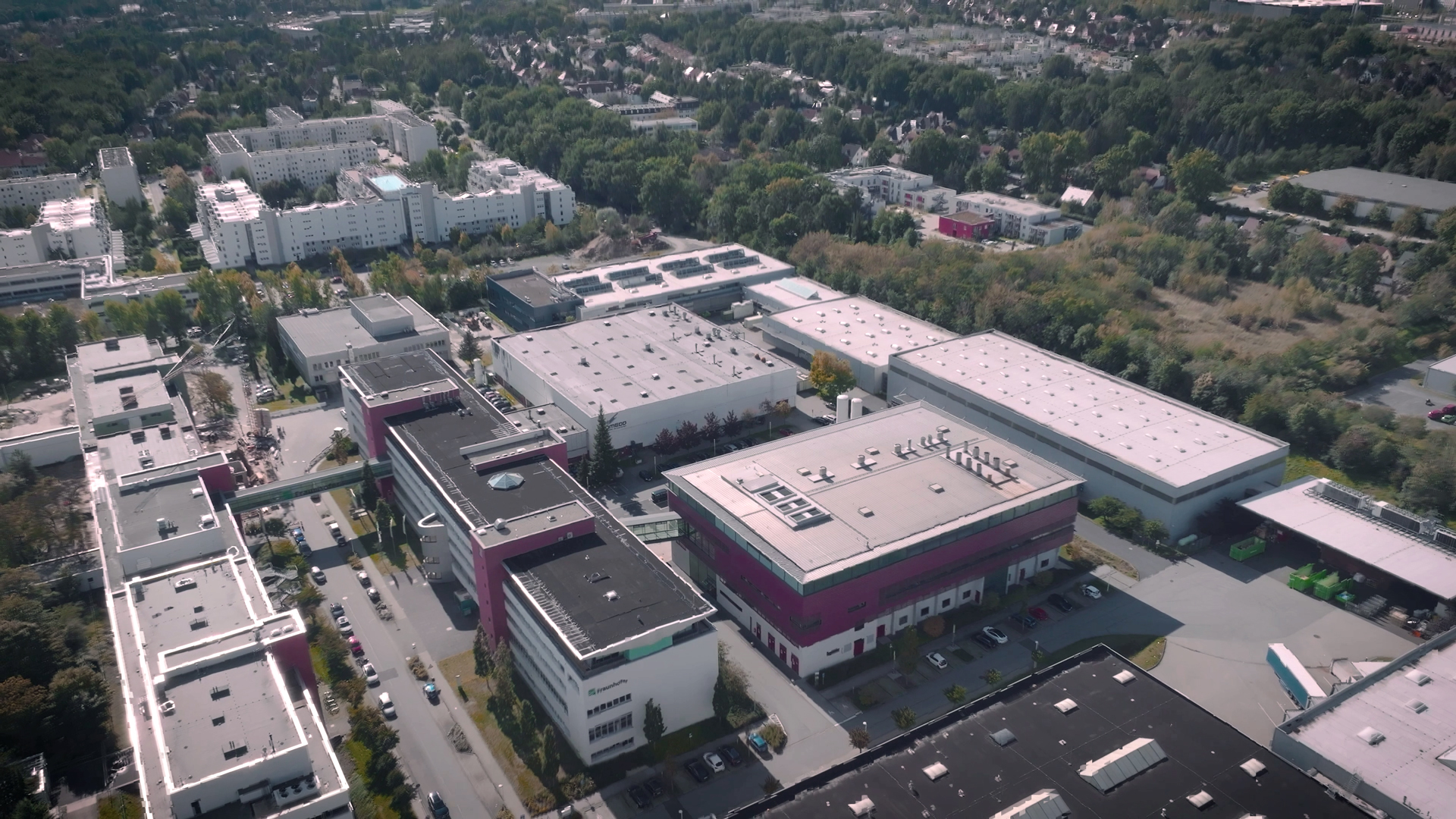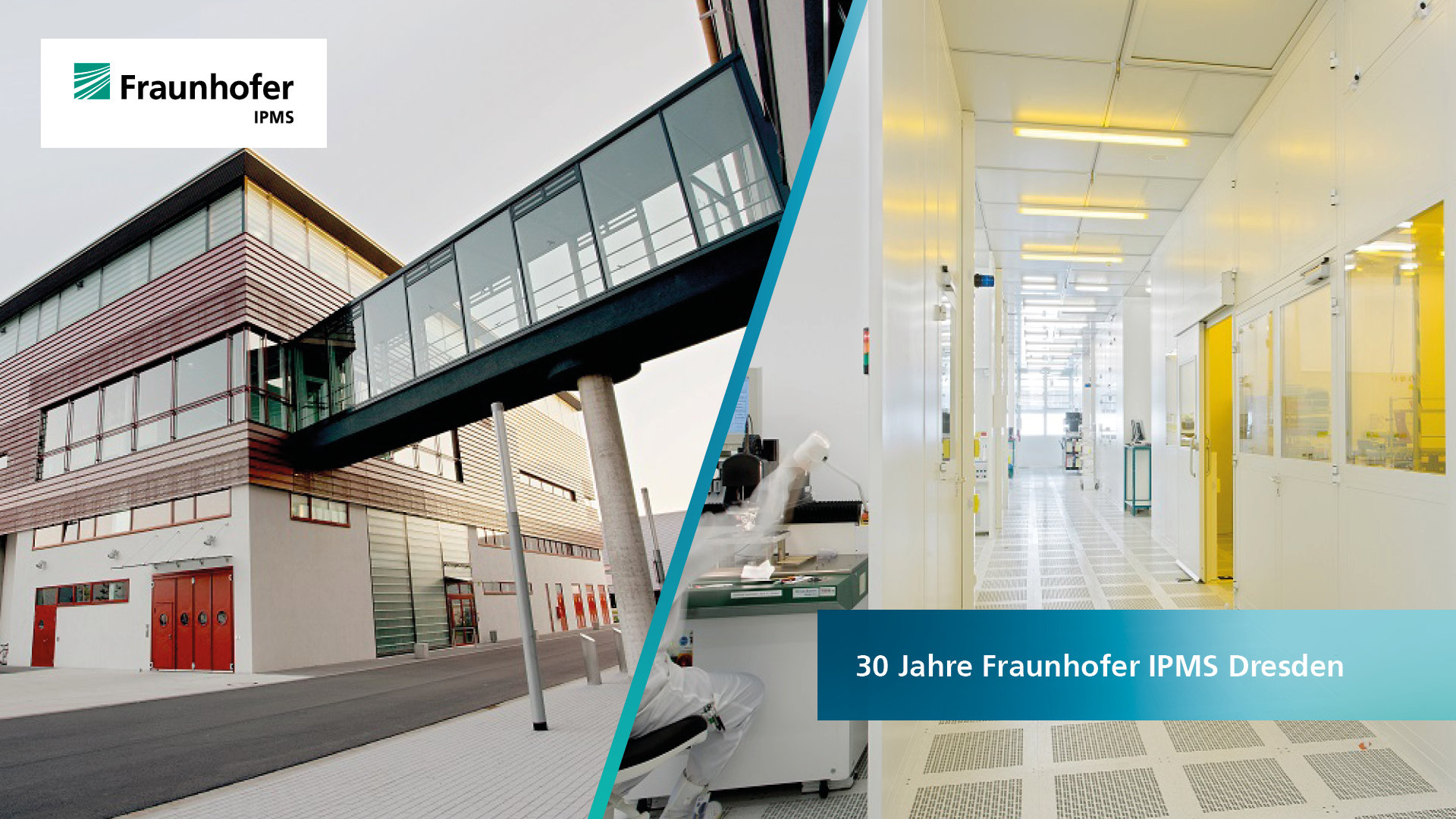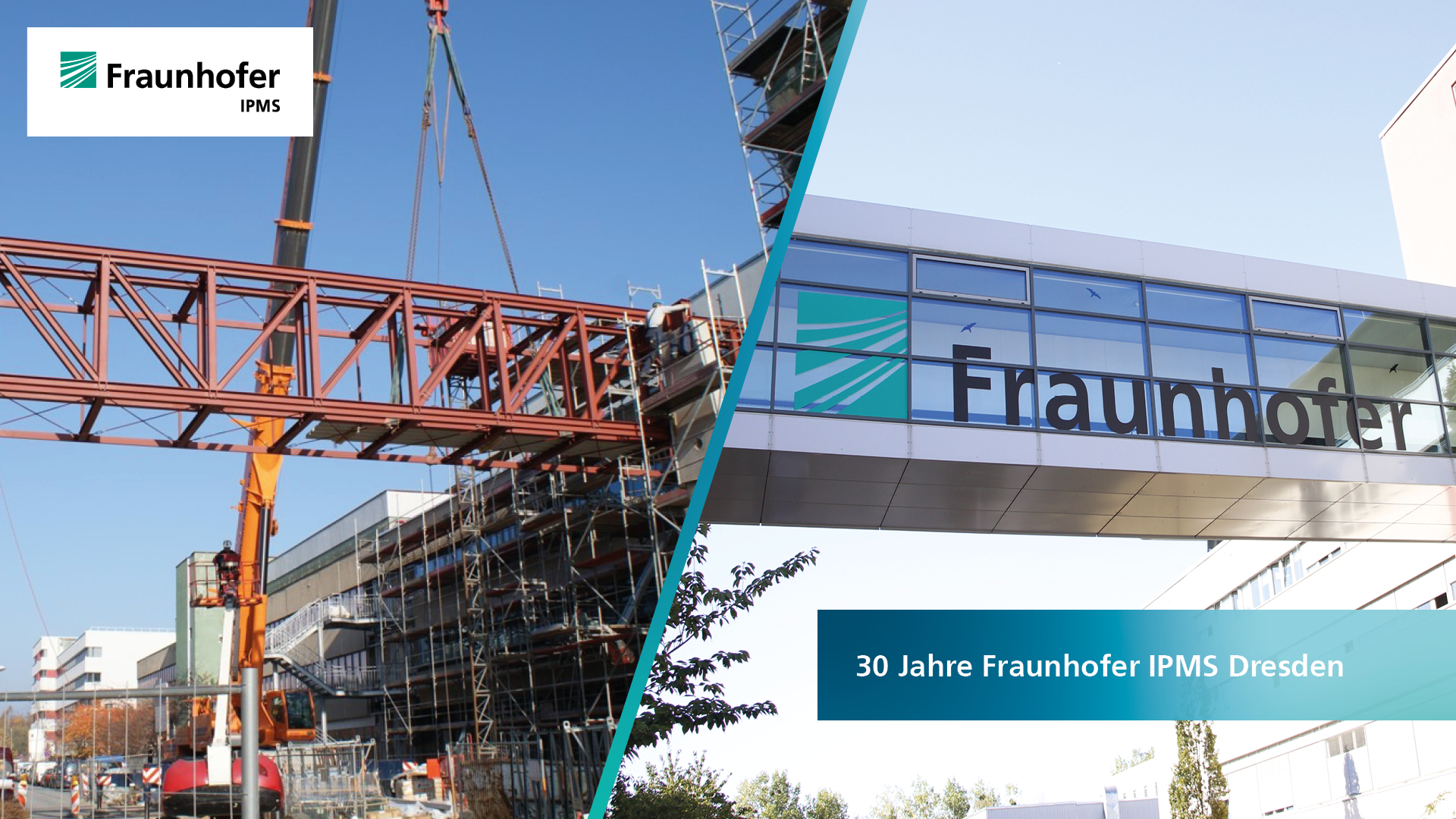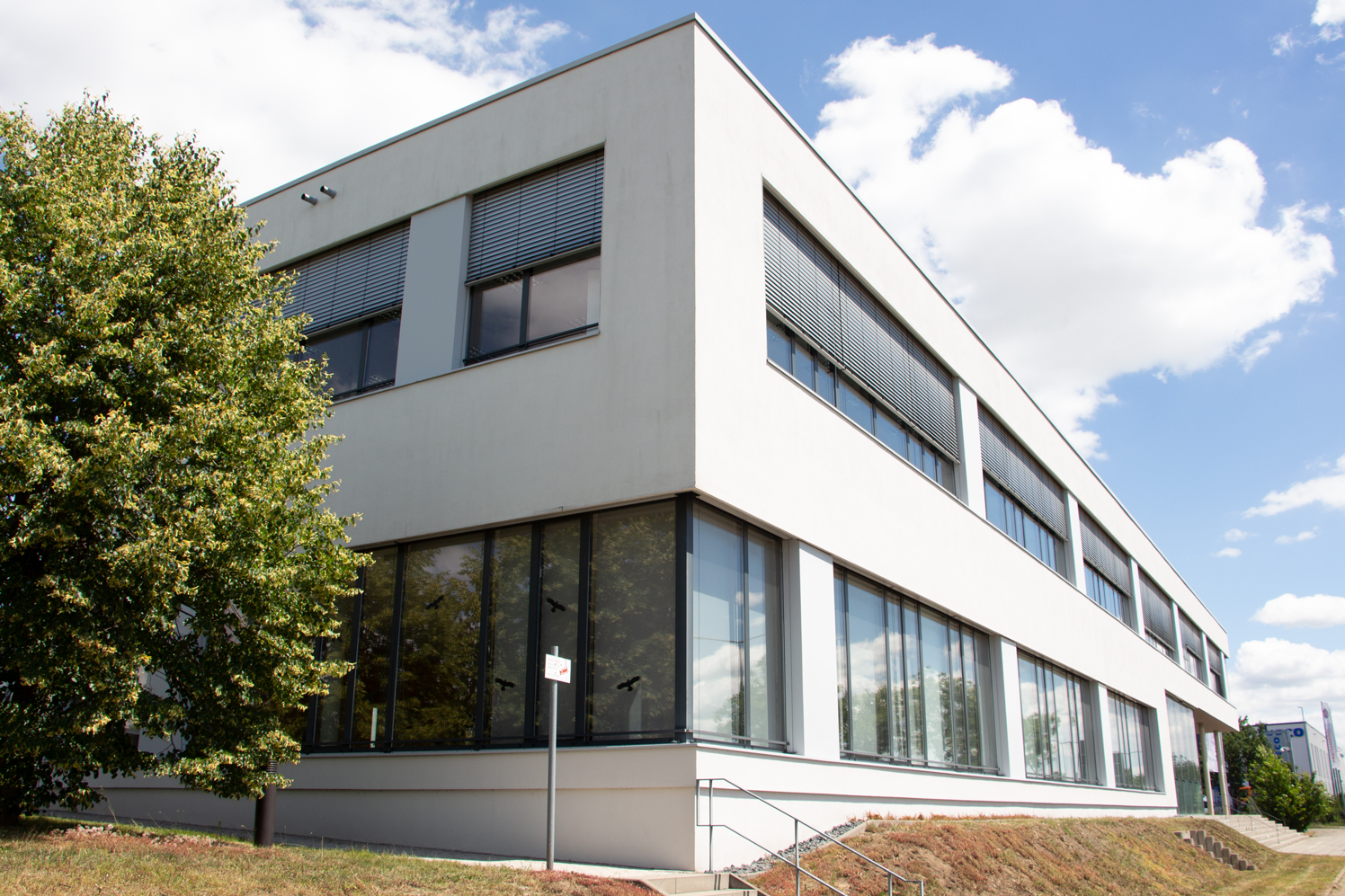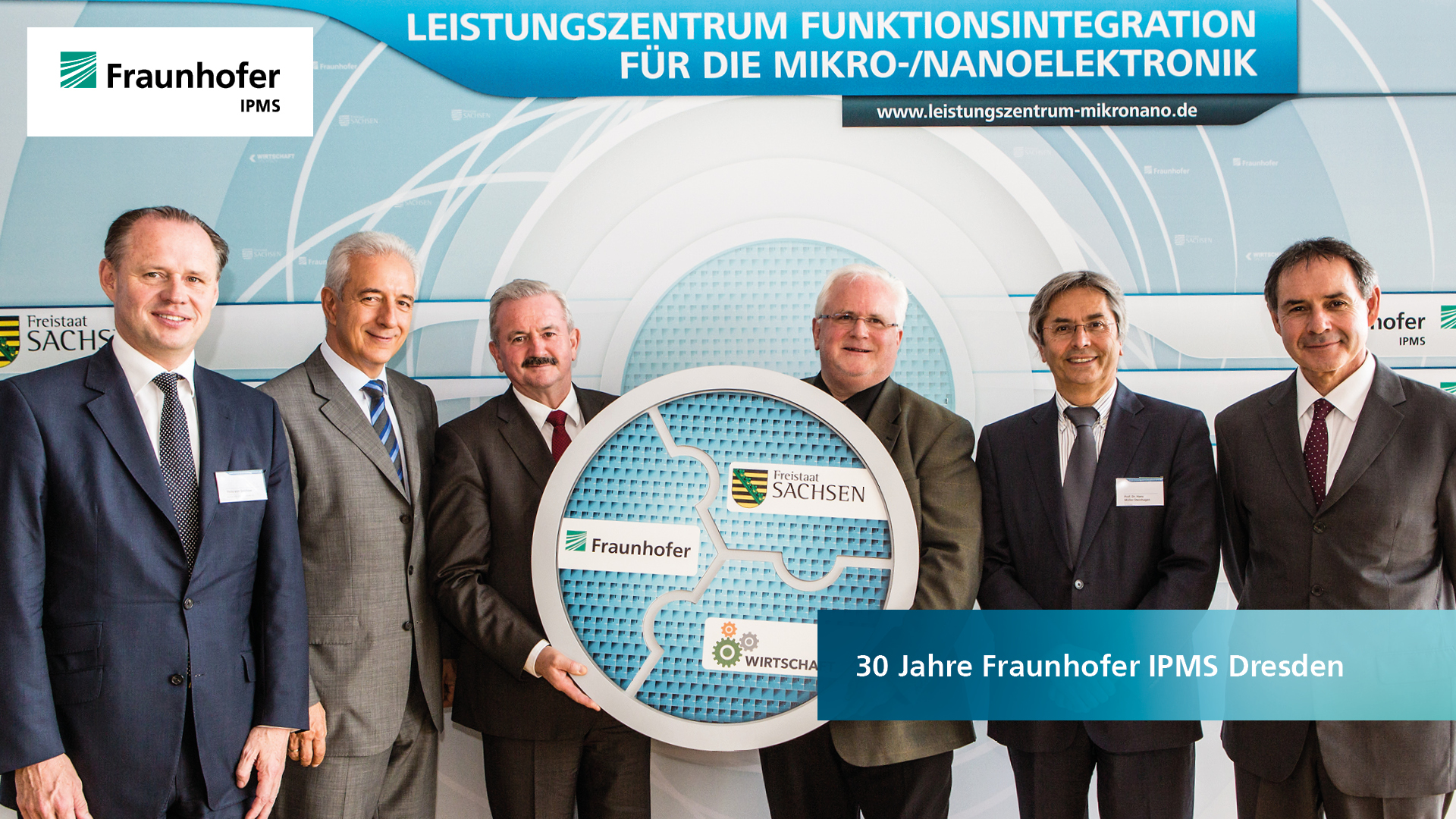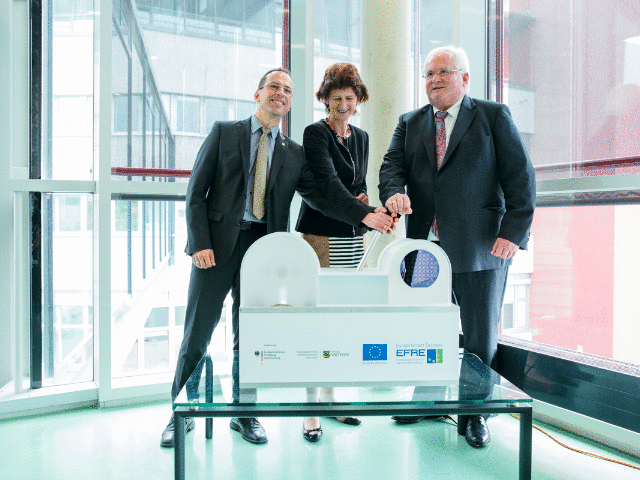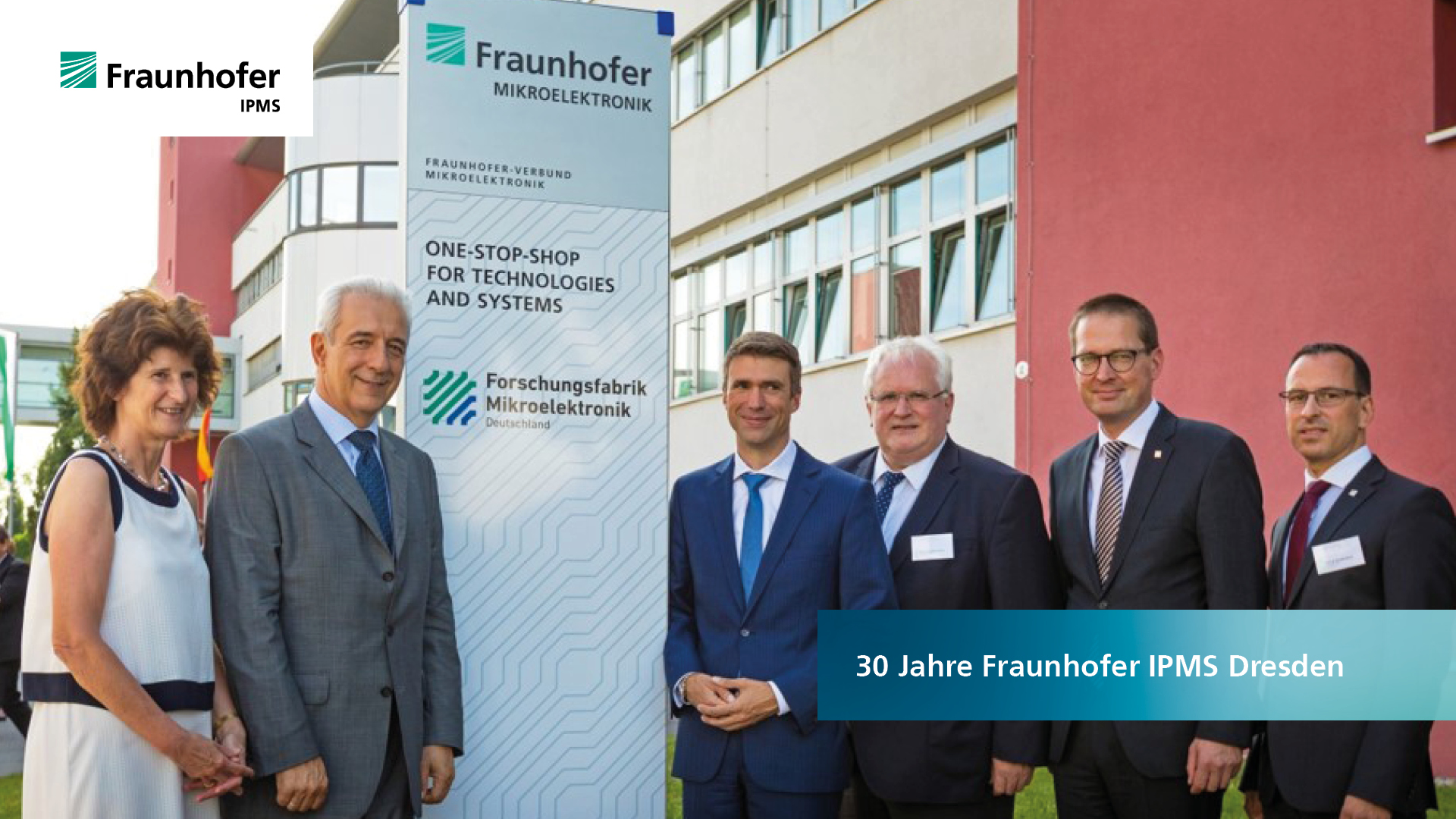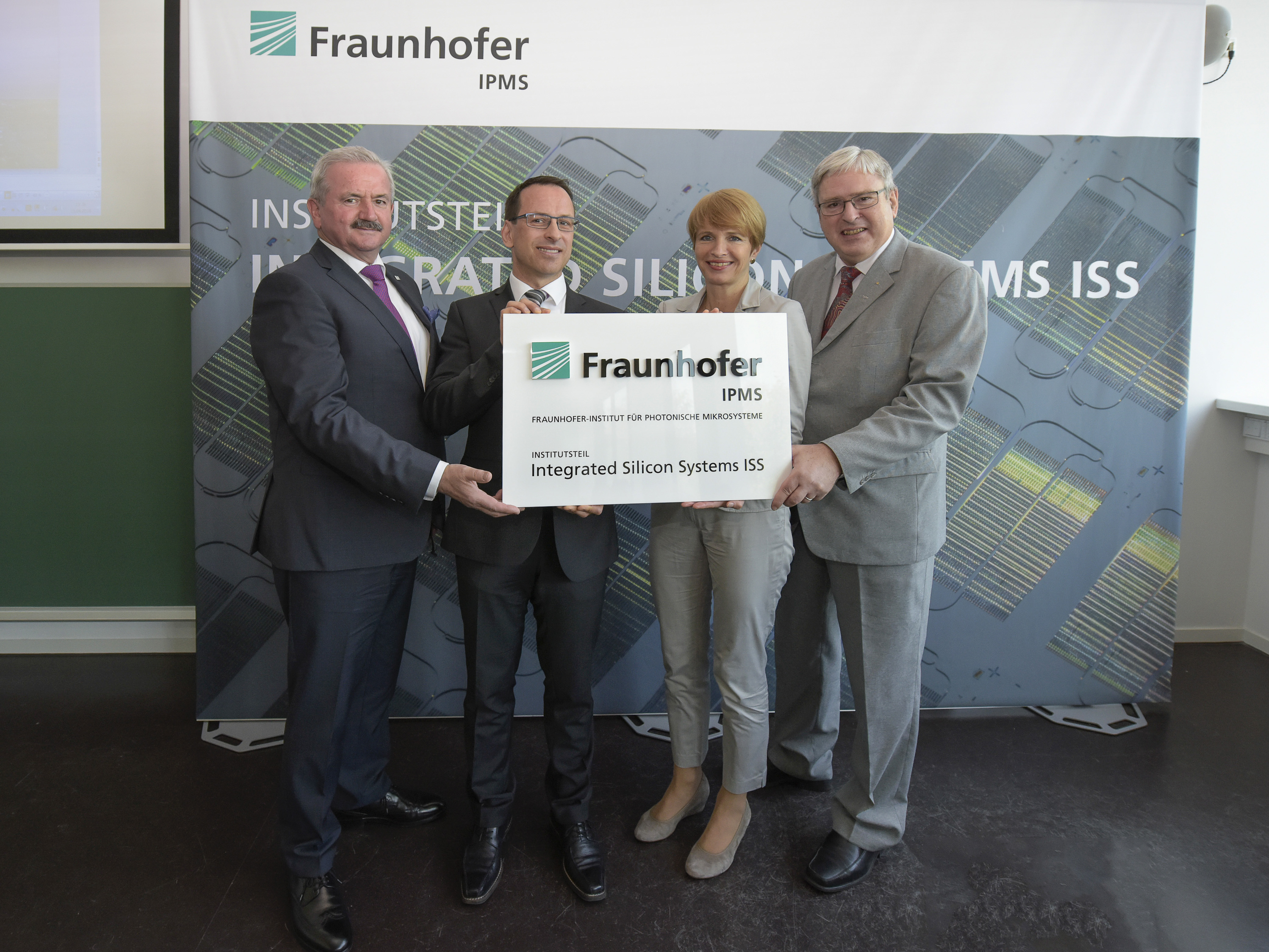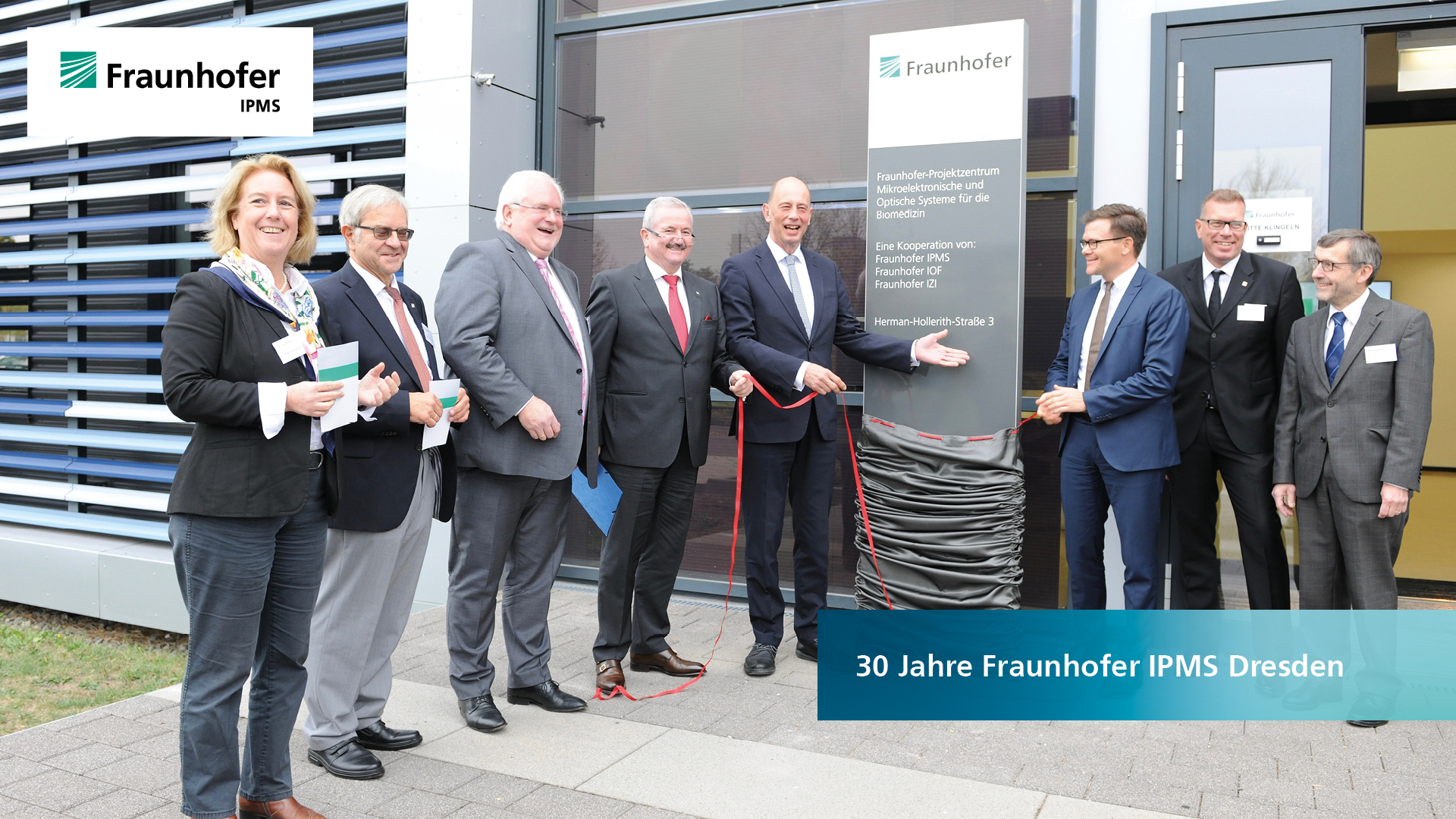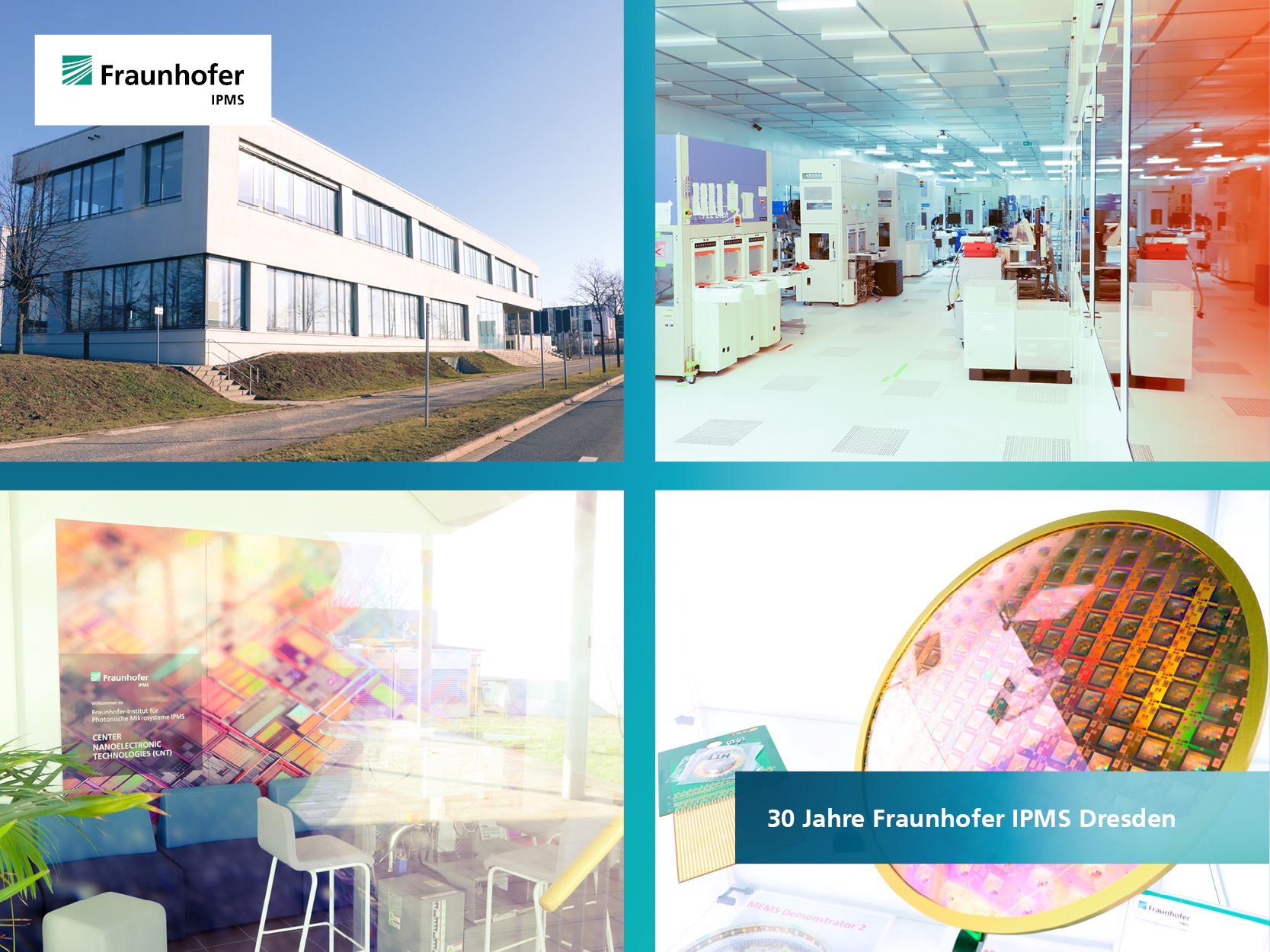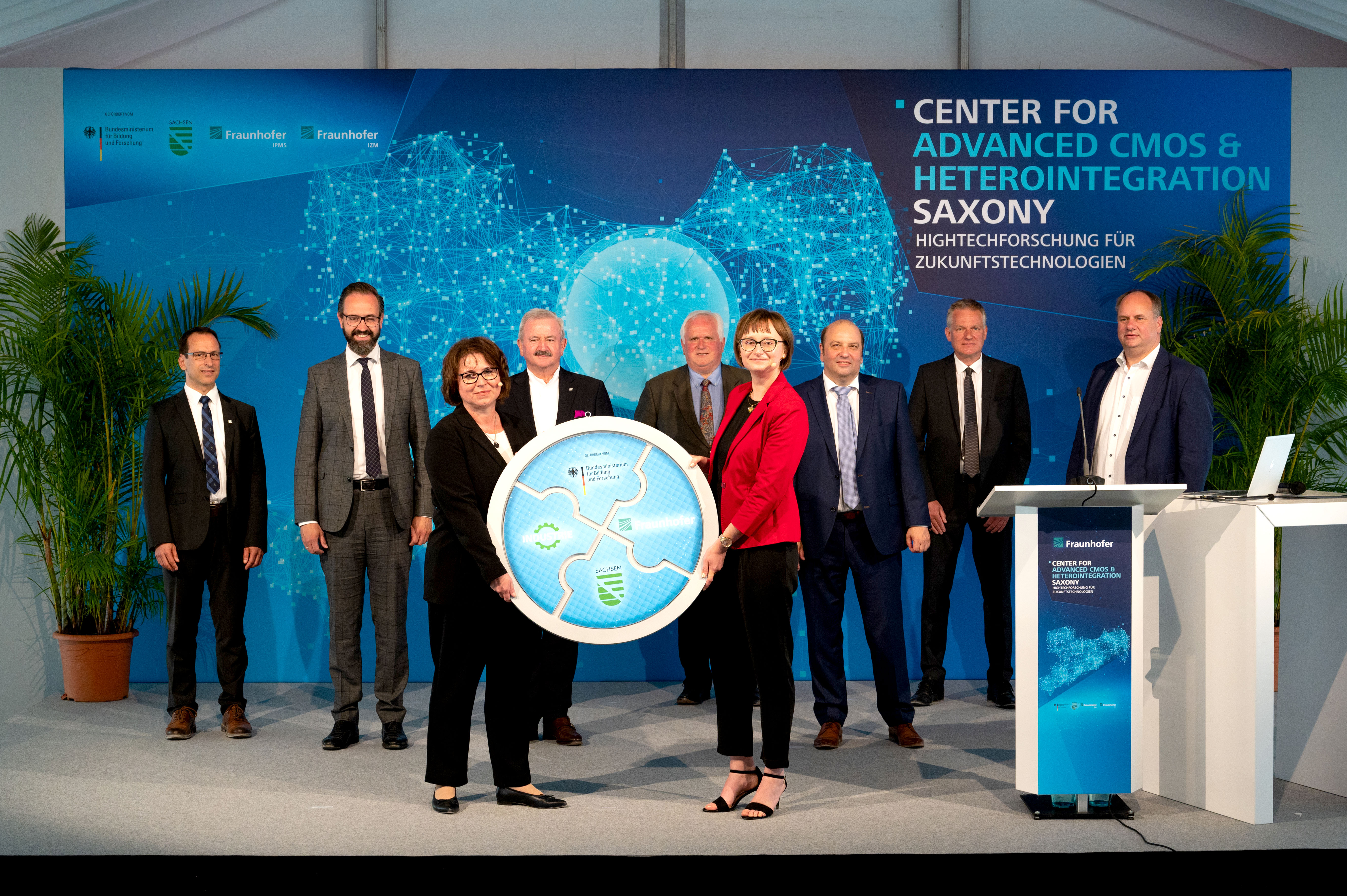With the Center Nanoelectronic Technologies CNT, Fraunhofer IPMS conducts applied microelectronics research on 300 mm wafers for microchip producers, suppliers, equipment manufacturers and R&D partners. Previously, 800 m² of clean room space at Infineon Technologies Dresden GmbH on Königsbrücker Landstraße was used for this purpose. Due to strong economic demand, our long-standing partner now needed the space itself to expand its production capacities. Thanks to the very good support of the Free State of Saxony and the headquarters of the Fraunhofer-Gesellschaft, it was possible to jointly find a new home for the CNT.
The move to the new location in the north of Dresden began in early 2021. Until then, a structural adaptation to the requirements of the CNT took place. With now 4000 m² clean room space, the new location offers not only optimal conditions for the continuation of the 300 mm research activities, but furthermore the potential for further growth. In the next construction phase, a new office building will be erected.
 Fraunhofer Institute for Photonic Microsystems
Fraunhofer Institute for Photonic Microsystems
